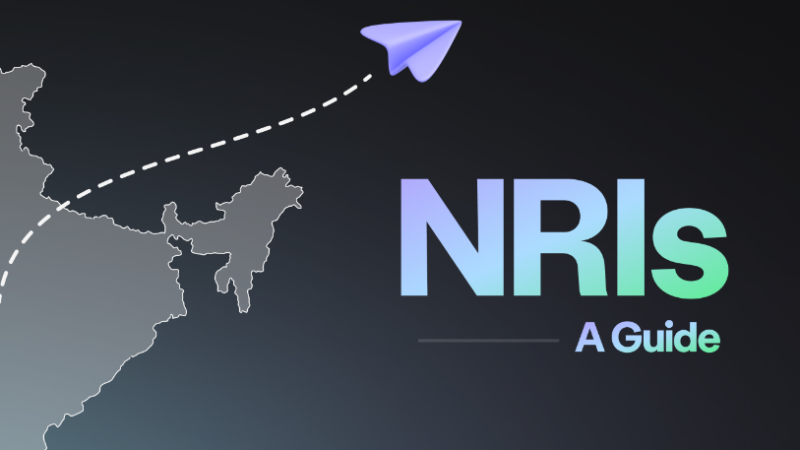Decoding the Cultural Linguistics: Unveiling the Meaning Behind “No Cap”

=In the ever-evolving landscape of language, new expressions and phrases emerge, reflecting the dynamic nature of communication. One such phrase that has gained prominence, especially among the younger generation, is “No Cap.” While it might sound like a straightforward combination of words, its meaning extends beyond the literal interpretation. In this article, we will delve into the cultural linguistics of “No Cap” to understand its origins, evolution, and the nuanced contexts in which it is used.
Origins and Evolution:
The phrase “No Cap” originated from African American Vernacular English (AAVE) and has its roots in the hip-hop and rap culture. Its earliest usage can be traced back to the Southern United States, where it was employed to emphasize sincerity and truthfulness. The term “Cap” itself is a slang synonym for lying or exaggeration. Therefore, when someone says “No Cap,” they are essentially asserting that what they are saying is genuine and without any embellishment.
Over time, “No Cap” has transcended its regional and cultural boundaries, spreading across social media platforms and finding its way into mainstream conversation. The phrase has become a staple in online communities, memes, and everyday colloquial language. Its versatility has allowed it to permeate various aspects of communication, making it a catch-all expression for a range of sentiments.
Contextual Usage:
Understanding the nuanced usage of “No Cap” is crucial to grasping its significance in different contexts. The phrase is often employed to underscore the sincerity of a statement, vouching for its authenticity. For example, if someone shares an incredible story or achievement, adding “No Cap” at the end reinforces the truthfulness of their narrative.
Conversely, “No Cap” can also be used as a form of agreement or endorsement. When someone makes a statement, and another person responds with “No Cap,” it signifies that they acknowledge and agree with what was said. In this context, it serves as a confirmation or validation of the preceding statement.
Furthermore, “No Cap” can be used humorously or sarcastically. When a person makes an exaggerated or seemingly unbelievable claim, appending “No Cap” adds a layer of irony, suggesting that the statement is intentionally exaggerated for comedic effect. This aspect of the phrase showcases its adaptability and how it has become a tool for conveying subtle nuances in tone and intent.
Social Media and Memes:
The ubiquity of “No Cap” in online spaces, particularly on social media platforms, has contributed significantly to its widespread adoption. Memes and viral content often incorporate the phrase, solidifying its place in internet culture. The brevity and versatility of “No Cap” make it ideal for memes, captions, and hashtags, allowing it to permeate digital communication effortlessly.
On platforms like Twitter, Instagram, and TikTok, users frequently incorporate “No Cap” into their posts to emphasize the authenticity of their content or to create a sense of camaraderie with their audience. The phrase has become a social media shorthand for expressing sincerity, agreement, or a shared experience.
Generational and Cultural Significance:
“No Cap” has become a linguistic marker that distinguishes generational and cultural nuances in communication. While it may be embraced by the younger generation, older individuals may find themselves perplexed by its usage. The phrase serves as a cultural identifier, bridging gaps between communities and creating a shared language among those who are familiar with its meaning.
Its integration into mainstream language also highlights the influence of African American Vernacular English on broader linguistic trends. As with many cultural and linguistic phenomena, the adoption of “No Cap” by a diverse range of individuals has led to a broader understanding and acceptance of expressions rooted in specific cultural contexts.
Conclusion:
In the ever-evolving tapestry of language, expressions like “No Cap” serve as vibrant threads that weave through various communities, connecting people in shared understanding. Originating from African American Vernacular English, this phrase has transcended its roots, finding resonance across generations and cultures. Its adaptability, both online and offline, underscores its significance in contemporary communication, allowing individuals to convey sincerity, agreement, or humor in a succinct and culturally resonant manner. As language continues to evolve, “No Cap” stands as a testament to the richness of linguistic expression and its ability to capture the spirit of a generation.
1. What does “No Cap” mean?
“No Cap” is a slang expression that originated from African American Vernacular English (AAVE). It is used to emphasize sincerity, truthfulness, or the absence of exaggeration in a statement. Essentially, it means “no lie” or “I’m not exaggerating.”
2. How is “No Cap” used in a sentence?
For example, if someone says, “I just aced that exam, no cap,” they are asserting that they genuinely performed well without any exaggeration.
3. Is “No Cap” a recent addition to language?
The phrase has been around for some time, primarily in the hip-hop and rap culture, but it gained broader recognition and usage in the mainstream in the last few years, especially on social media platforms.
4. Can “No Cap” be used in a humorous context?
Yes, “No Cap” can be used humorously or sarcastically. If someone shares an exaggerated story, adding “No Cap” can imply that they are joking or exaggerating for comedic effect.
5. How has social media influenced the popularity of “No Cap”?
Social media platforms, including Twitter, Instagram, and TikTok, have played a significant role in popularizing “No Cap.” The phrase’s brevity and adaptability make it ideal for memes, captions, and hashtags, contributing to its widespread adoption.
6. Does “No Cap” have any regional associations?
While it originated in the Southern United States, “No Cap” has transcended regional boundaries and is now used widely across various cultural and geographical contexts.
7. Is there an age group that primarily uses “No Cap”?
While it is more commonly used by the younger generation, “No Cap” has been embraced by a diverse range of age groups. Its usage often reflects an individual’s familiarity with contemporary slang and online culture.
8. Can “No Cap” be used in written communication?
Yes, “No Cap” can be used in written communication, including text messages, emails, and social media posts. Its informal nature makes it suitable for casual and conversational contexts.
9. Does “No Cap” have any synonyms?
While “No Cap” is unique in its construction, it serves a similar purpose as phrases like “no lie,” “for real,” or “I’m not kidding.”
10. Is there a cultural significance associated with “No Cap”?
“Yes, “No Cap” holds cultural significance, particularly as a marker of African American Vernacular English (AAVE). Its adoption by a broader audience also signifies its role in bridging cultural and generational gaps in linguistic expression.**
These FAQs aim to provide a comprehensive understanding of the meaning and usage of “No Cap,” shedding light on its origins, evolution, and cultural implications.






